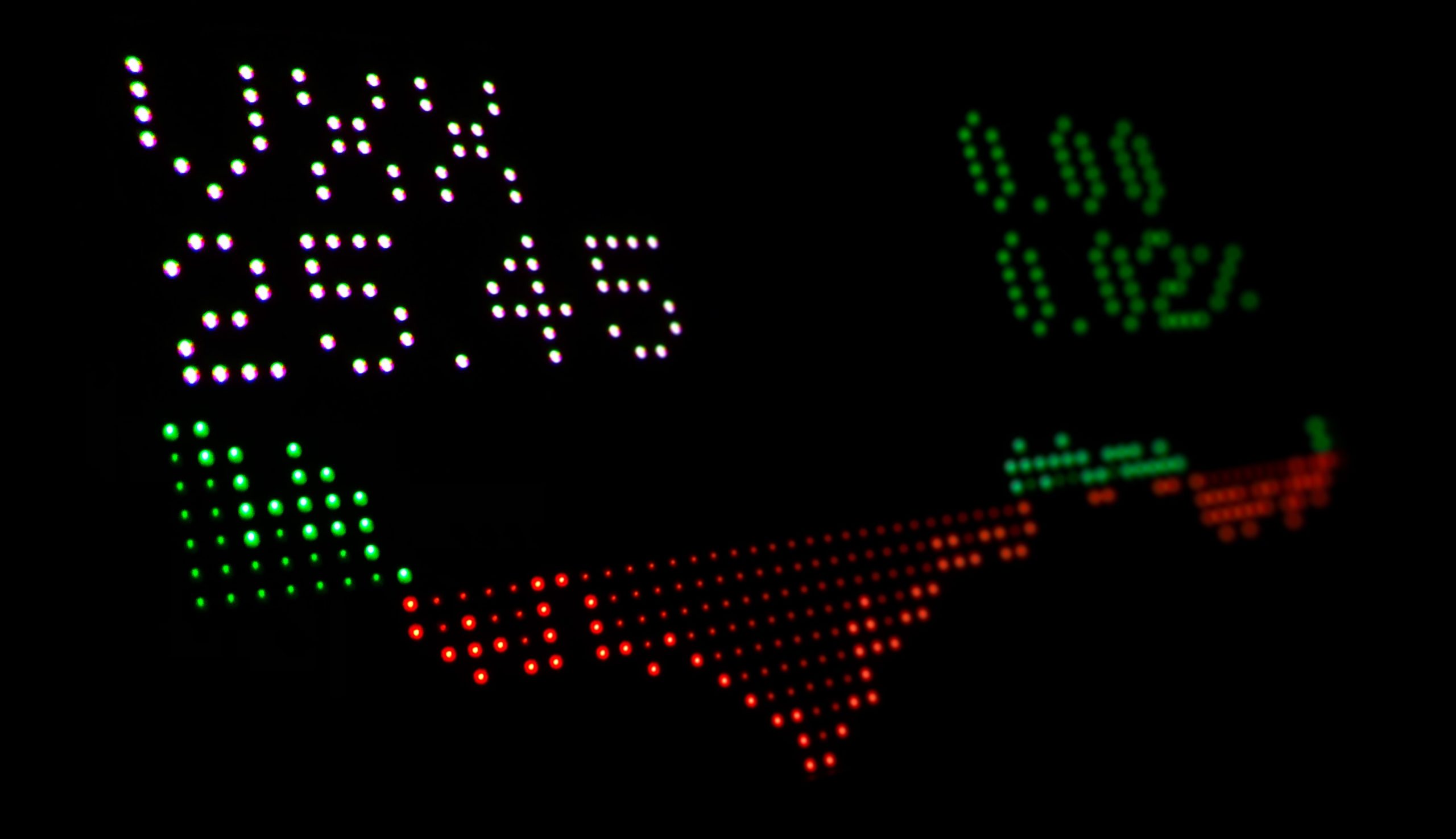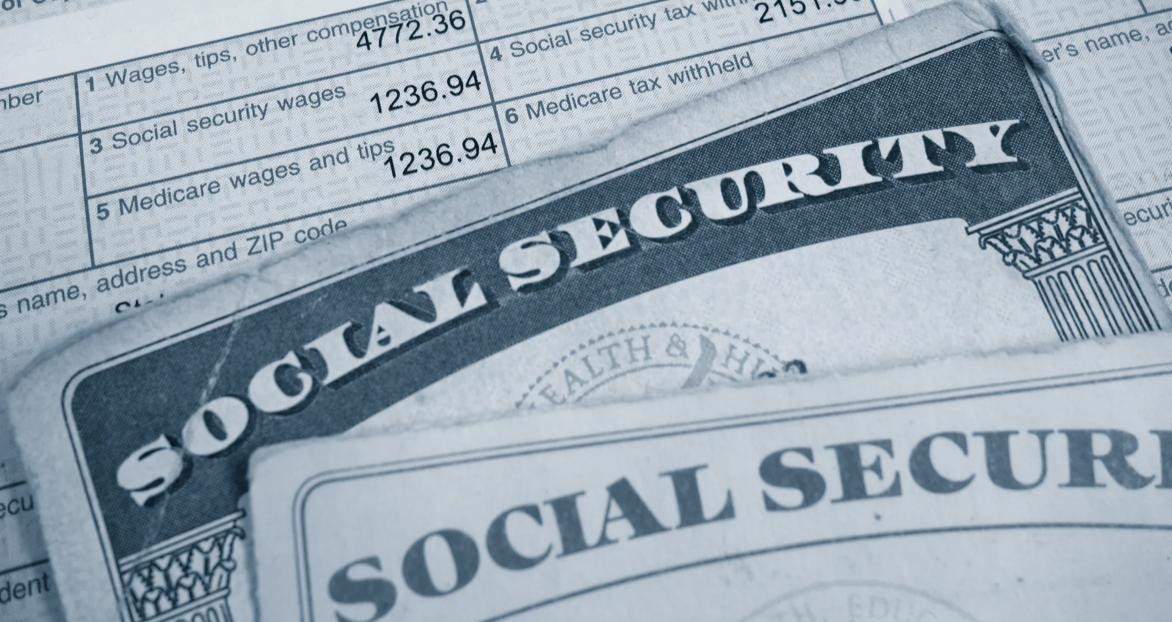What is it?
Social Security is a tax that employees pay as a percentage of the salary they earn, and this tax funds their country’s Social Security program. By law, all employers, employees, and self-employed people must pay this tax in order to contribute to the Social Security program. Half of the tax is paid by employees, and the other half is paid by employers. In the case of self-employed individuals, they are responsible for the entire sum (being both the employer and employee).
The Social Security tax applies to wages up to a certain level, with the upper earnings limit adjusted annually based on the rate of inflation. These taxes support the Social Security program, which provides income for pensioners and other members of society who are claiming benefits, as well as their dependents. To support the Social Security program, everyone pays Social Security tax. Every eligible individual is then paid a monthly sum when they retire or become incapacitated.
How does it work?
Almost everyone who earns income is required to pay Social Security taxes. The Social Security tax is a payroll tax, which means that it is deducted from your pay before it reaches you (unless you are self-employed). Your employer deducts the required amount from your pay and is responsible for remitting the funds to the government on your behalf.
There are two elements to Social Security tax. Half of the tax is paid by the employee, while the other half is paid by the employer. For self-employed people, the tax system is a little different. They are accountable for paying 100% of their Social Security tax as they are both the employer and the employee in their firm, which means they pay twice as much as other workers.
Let us assume that Michael and Paula earn the same amount of money – $50,000 p.a. Michael is employed so therefore his employer pays half of his Social Security tax. Steve’s Social Security tax is $3,100 per year (6.2 percent of his salary). Michael’s company additionally contributes $3,100 to his Social Security taxes. Paula is self-employed, which means she does not have an employer who is responsible for paying half of her tax burden. Paula must pay $6,200 in Social Security taxes every year, or 12.4 percent of her income.
How much do I pay?
In the US the current Social Security tax rate is 12.4%, with employees paying 6.2 percent and employers paying 6.2 percent. Self-employed individuals are required to pay the entire 12.4 percent. Since 1937, when the tax was initially collected, the rate has gradually grown. The tax was just 1% at the start of the program. The most recent rise was in 1989, when the tax was raised from 6.06 percent for both employees and employers to the current 6.2 percent for both (12.4 percent total).
You may not have to pay Social Security taxes on all of your wages, depending on your income. Only the first $137,700 of your earnings are subject to Social Security taxes in 2020, compared to $132,900 in 2019. An employee can contribute up to $8,537.40 in a single tax year, which is matched by their employer’s contribution of the same amount.
Are there any exemptions?
Almost all employees, employers, and the self-employed are required to pay Social Security tax. There are a few exceptions, however, that allow someone to opt-out. The following are the requirements that may allow someone to avoid paying Social Security taxes:
1. Members of certain religious organizations: Some religious groups, such as the Amish, are typically opposed to claiming Social Security payments. Members of certain categories can qualify for a Social Security exemption to avoid paying the tax.
2. Some non-resident aliens: Although most non-resident aliens are required to pay Social Security taxes, there are some exceptions, such as if you are a foreign student visiting the nation temporarily.
3. Temporary students: Students who work for the institution where they are enrolled may be eligible to be exempt from paying Social Security taxes on their earnings.
4. Employees of foreign governments: Employees of foreign governments may be eligible to avoid paying Social Security taxes on income earned via official activities. It’s important to note that if you opt-out of paying Social Security taxes, you won’t be able to collect Social Security benefits in retirement or if you become disabled.
Who benefits?
In the US, your Social Security taxes help to support the Old Age, Survivors, and Disability Insurance programs (OASDI). This program, which was established in 1935 and signed into law by Franklin D. Roosevelt, provides income to retired and disabled people in order to replace the income they would have earned if they were in employment. There are three main ways that a person might receive funding from the Social Security program.
Retirement
Meeting the age and job criteria is one method to be eligible for full Social Security payments. After reaching the age of 66, a person may be eligible for Social Security retirement payments. However, in order to qualify you must have at least 40 work credits, which is roughly ten years of labour for most individuals.
While the full retirement age (and the age at which you can begin receiving full Social Security payments) is 66 years (and is gradually being raised to 67), you can begin collecting benefits sooner, at the age of 62. However, be aware that your monthly payments will be at a reduced level — and those lower monthly payments will remain in effect for the life of your Social Security benefit. You can also wait to start receiving benefits until the age of 70. If you do this, your monthly payment will increase, and you’ll continue to receive that higher monthly income permanently.
The level of monthly Social Security payments received is determined by your 35 highest-paid years in employment, adjusted for inflation.
If a person retires at full retirement age, the highest amount receivable from Social Security is $3,011 per month. However, the majority of people do not earn sufficient income to reach that level. In reality, the average monthly stipend in 2019 was $1,461.
For many people, this will be less than their previous wages whilst in employment. To help people save and provide themselves with additional retirement income, the IRS has developed investment vehicles such as 401(k) programs and Individual Retirement Accounts (IRAs).
Disability
Social Security payments can also be claimed by someone who has become disabled. To be eligible for these benefits, an individual must have worked for a specific number of years and paid Social Security taxes. They must also have a medical condition that qualifies for Social Security disability benefits.
In general, if you are able to work and earn more than $1,220 a month, you are not eligible for benefits. You must also be unable to do a basic job for at least one year as a result of your medical condition. Your application may be refused if the Social Security Administration (SSA) determines that you are capable of doing basic activities and that you could be generating an income through employment.
You may also be eligible for Social Security disability benefits if you have specific medical conditions. These are referred to as “compassionate allowances” by the Social Security Administration. Certain malignancies and cognitive disorders, for example, have symptoms that would very likely qualify a person for disability payments.
Individuals receiving Social Security disability payments received an average monthly payout of $1,234 in 2019.
Survivorship
In some cases, an individual may be eligible for Social Security payments if they are the surviving family member of someone who was receiving Social Security benefits and has died.
The following are examples of those individuals who might qualify for continuing survivor payments:
A surviving widow or widower who is at least 60 years old.
A surviving spouse of any age who is caring for a child who is under 16 or is disabled.
An unmarried surviving child who is under 18, or is unmarried, over 18 and disabled.
Survivors of the deceased’s parents who were financially dependent on that individual.
In some circumstances, the surviving divorced spouse.
The circumstances for survivor payments to be made under the Social Security program vary greatly and are decided on a case-by-case basis. Those wishing to claim survivor Social Security payments must speak directly with a Social Security Administration representative and cannot apply online.










